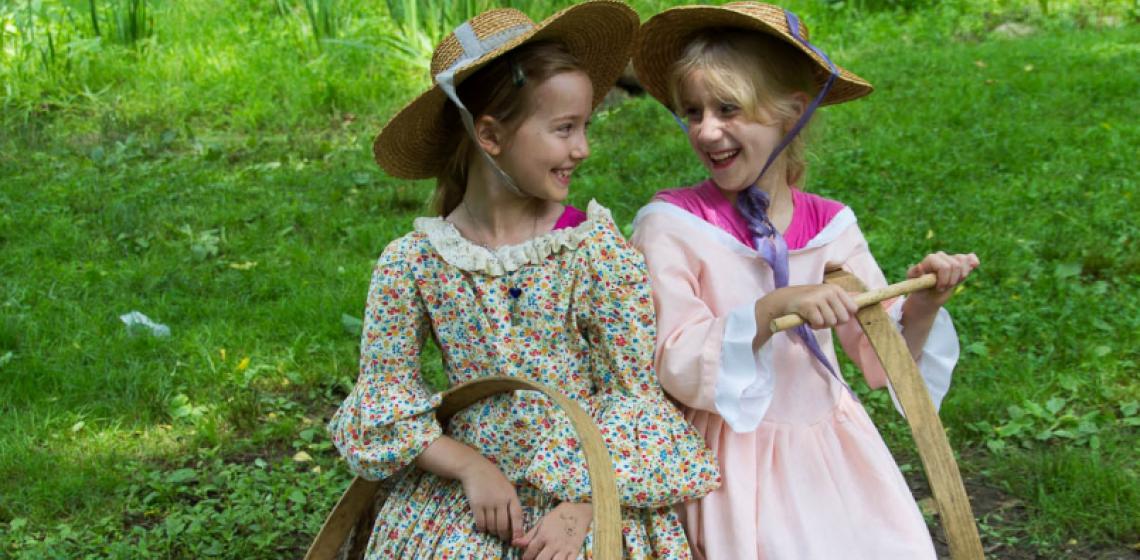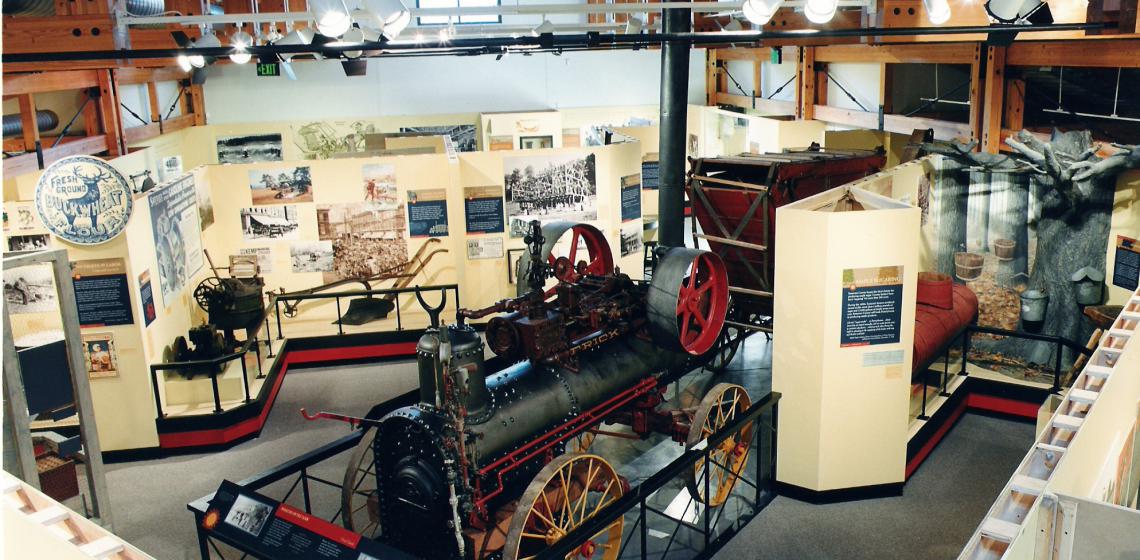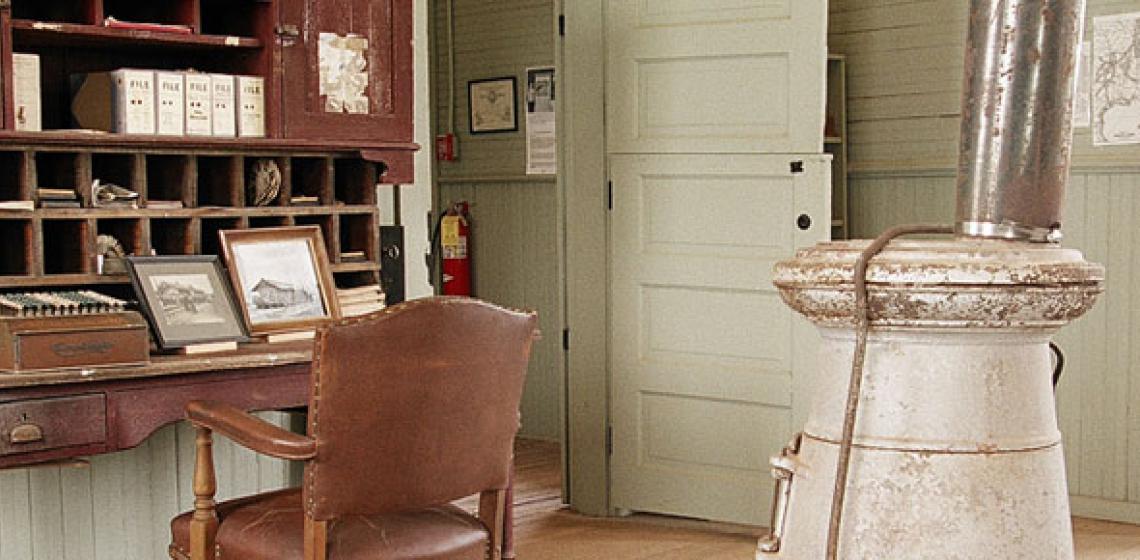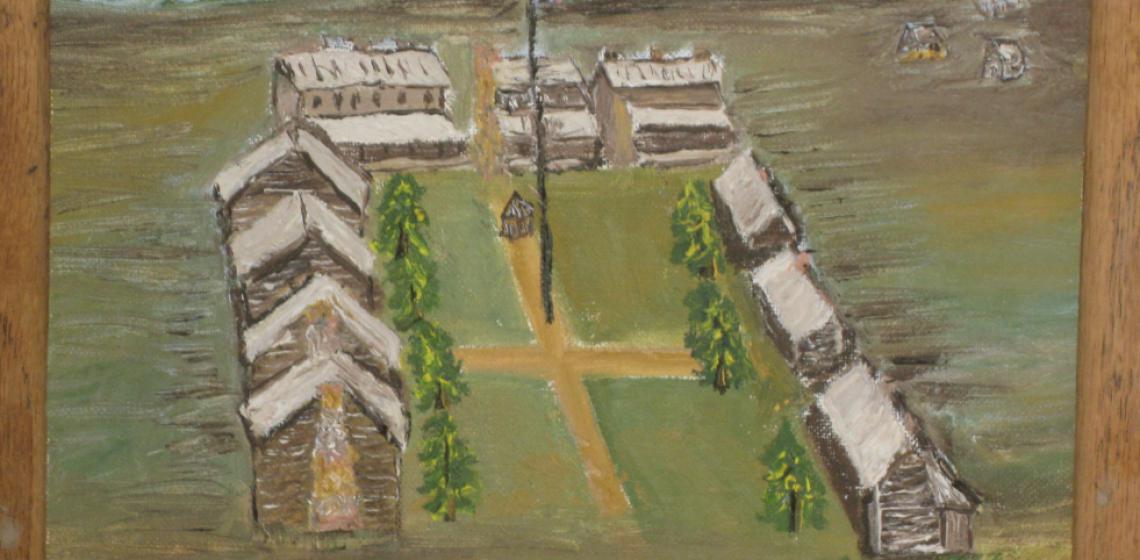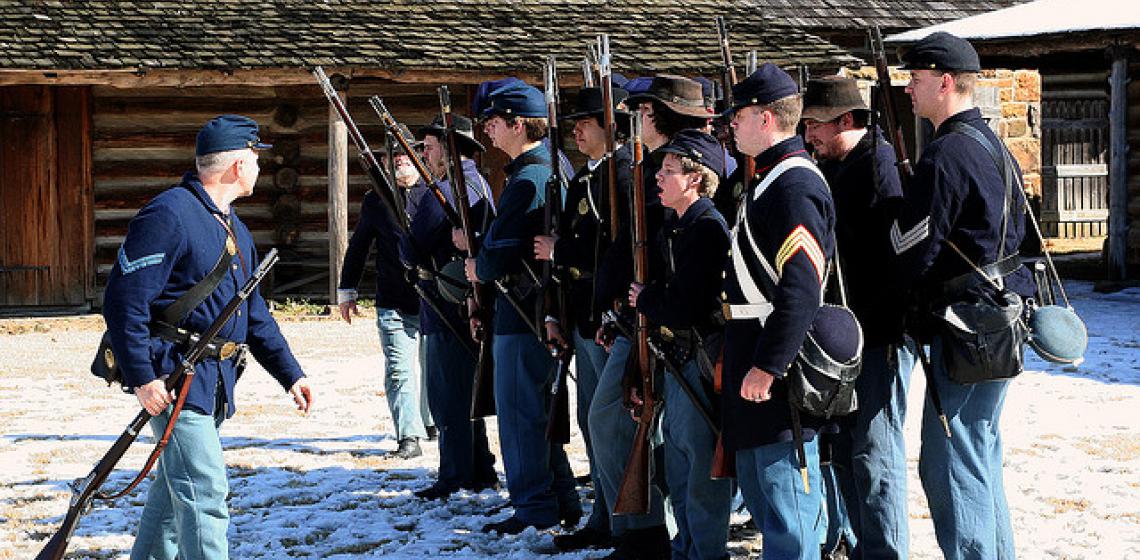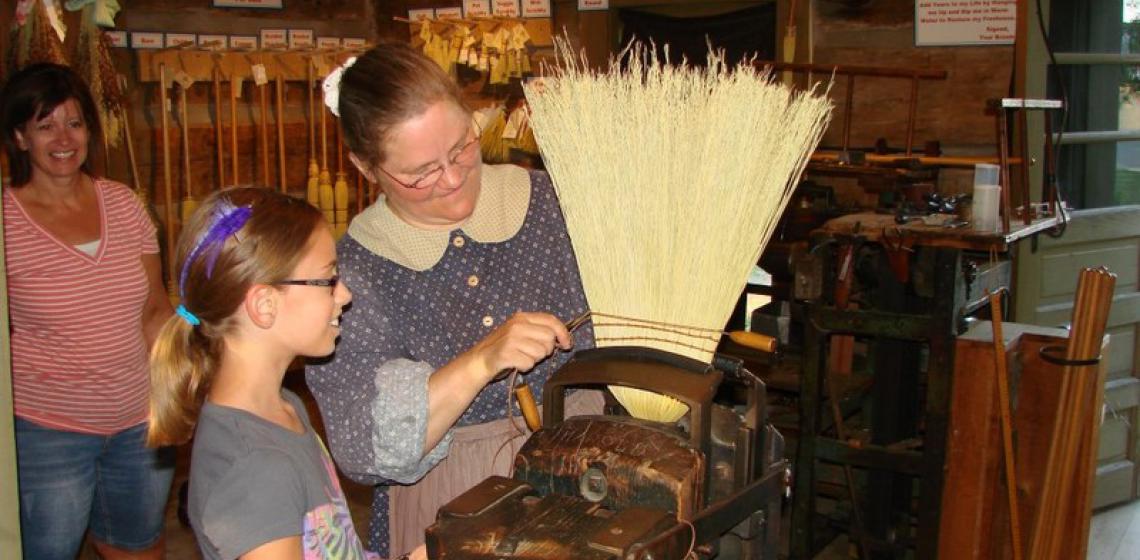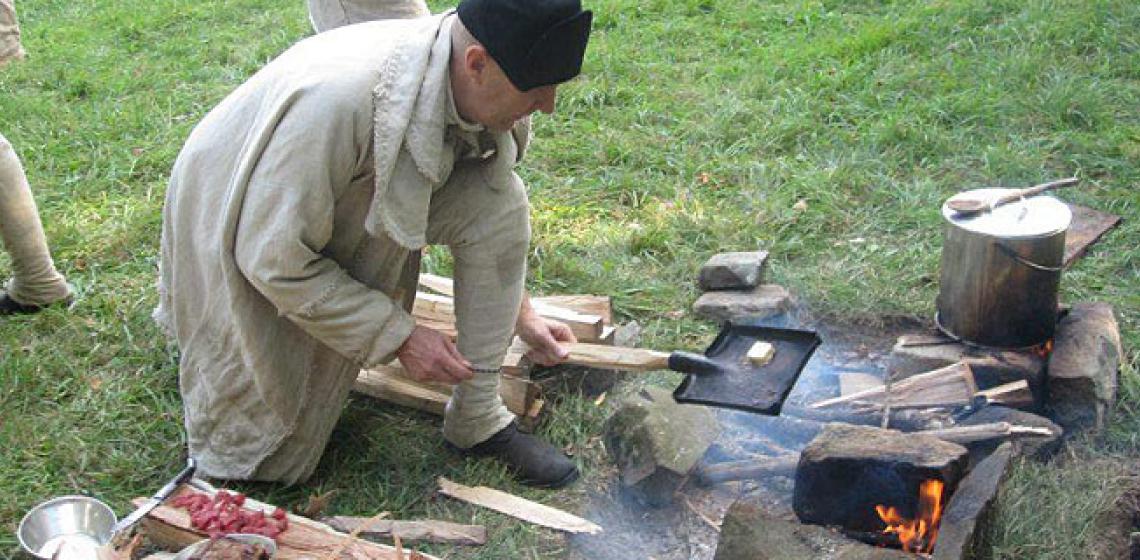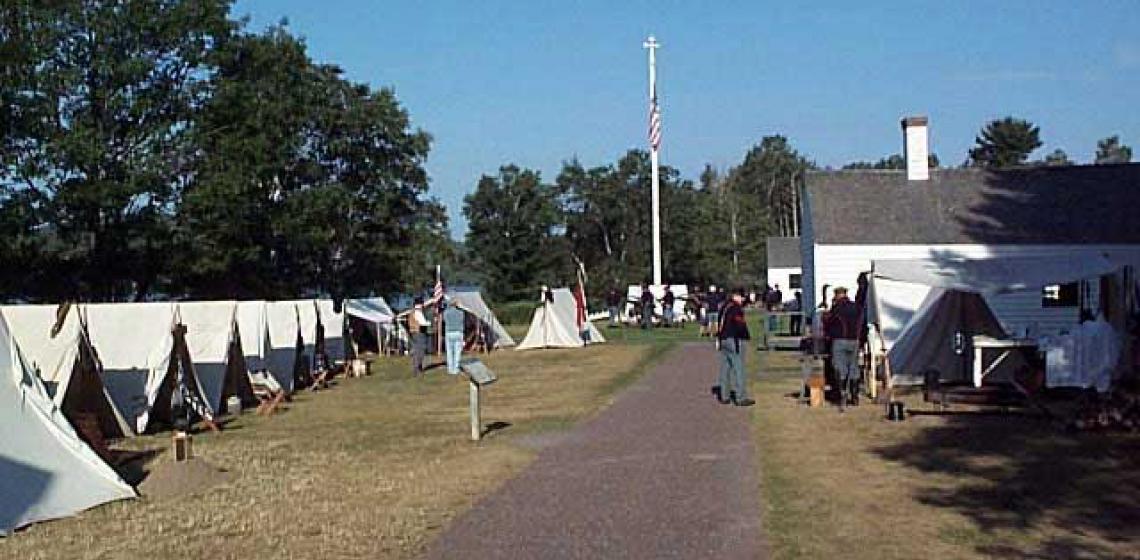Colonial Pennsylvania Plantation (US)
Since 1974 the Colonial Pennsylvania Plantation has given visitors a glimpse of 18th century Pennsylvania farm life through group programming, weekend activities and outreach opportunities.
Since 1974 the Colonial Pennsylvania Plantation has given visitors a glimpse of 18th century Pennsylvania farm life through group programming, weekend activities and outreach opportunities.

